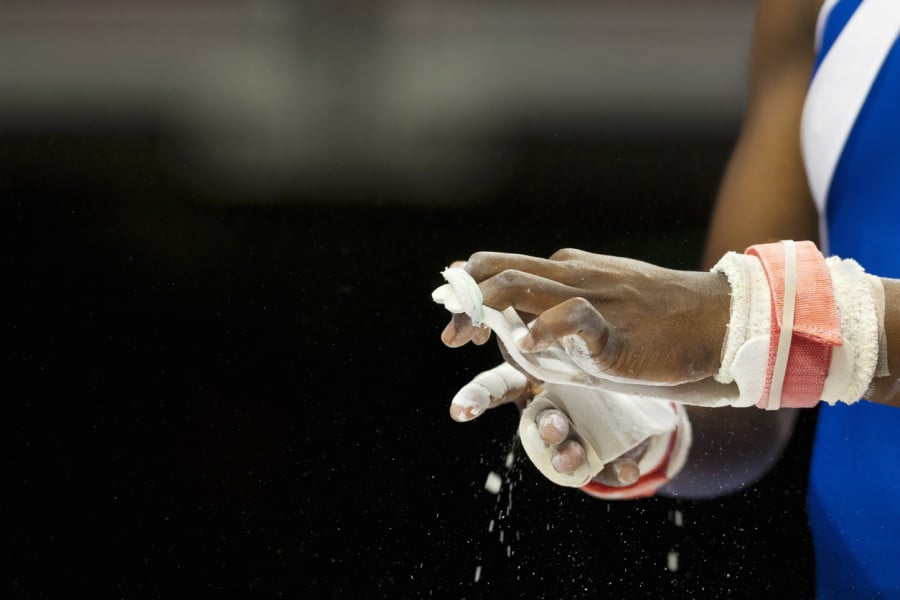From policy to practice: A sport organisation's guide to effective safeguarding

Recent investigations and high-profile cases[1] have highlighted the urgent need for robust safeguarding frameworks within sports institutions. As governing bodies and clubs face increasing pressure to protect their athletes, understanding and implementing comprehensive safeguarding measures has become essential not only for legal compliance but also for maintaining public trust in sporting institutions.
This article examines the legal and practical challenges surrounding safeguarding in sports, with particular attention to recent developments in British Gymnastics[2]. It provides guidance for sports organizations on implementing effective protective measures and meeting their legal obligations to safeguard all participants.
To continue reading or watching login or register here
Already a member? Sign in
Get access to all of the expert analysis and commentary at LawInSport including articles, webinars, conference videos and podcast transcripts. Find out more here.
- Tags: Governance | Gymnastics | Regulation | Safeguarding | United Kingdom (UK) | Whyte Review
Related Articles
- Beyond the policy: Creating a culture of safeguarding in sport in UK
- How football clubs should approach risk management when faced with sexual misconduct & assault allegations
- An analysis of the new CAS Guidelines on examining vulnerable witnesses and testifying parties
- Why it’s time for a centralised safeguarding regulator in UK Sport
- What sports leaders need to know about the Sports Safeguarding Culture Programme
- Top 10 Tips for launching an ‘Independent Review’ in Sport
- Lawyer for 40 UK gymnasts shares insights into the difficulties in addressing allegations of abuse
Written by
Spencer Turner
Spencer is a barrister at 12KBW Chambers. His practice encompasses the full range of Chambers’ key specialisms, with a particular emphasis on personal injury, international and travel, industrial disease, sport, fraud and clinical negligence claims. He is recognised as a ‘Rising Star’ of the personal injury Bar by the Legal 500 and is described as having ‘already developed a practice that exceeds his seniority.’





